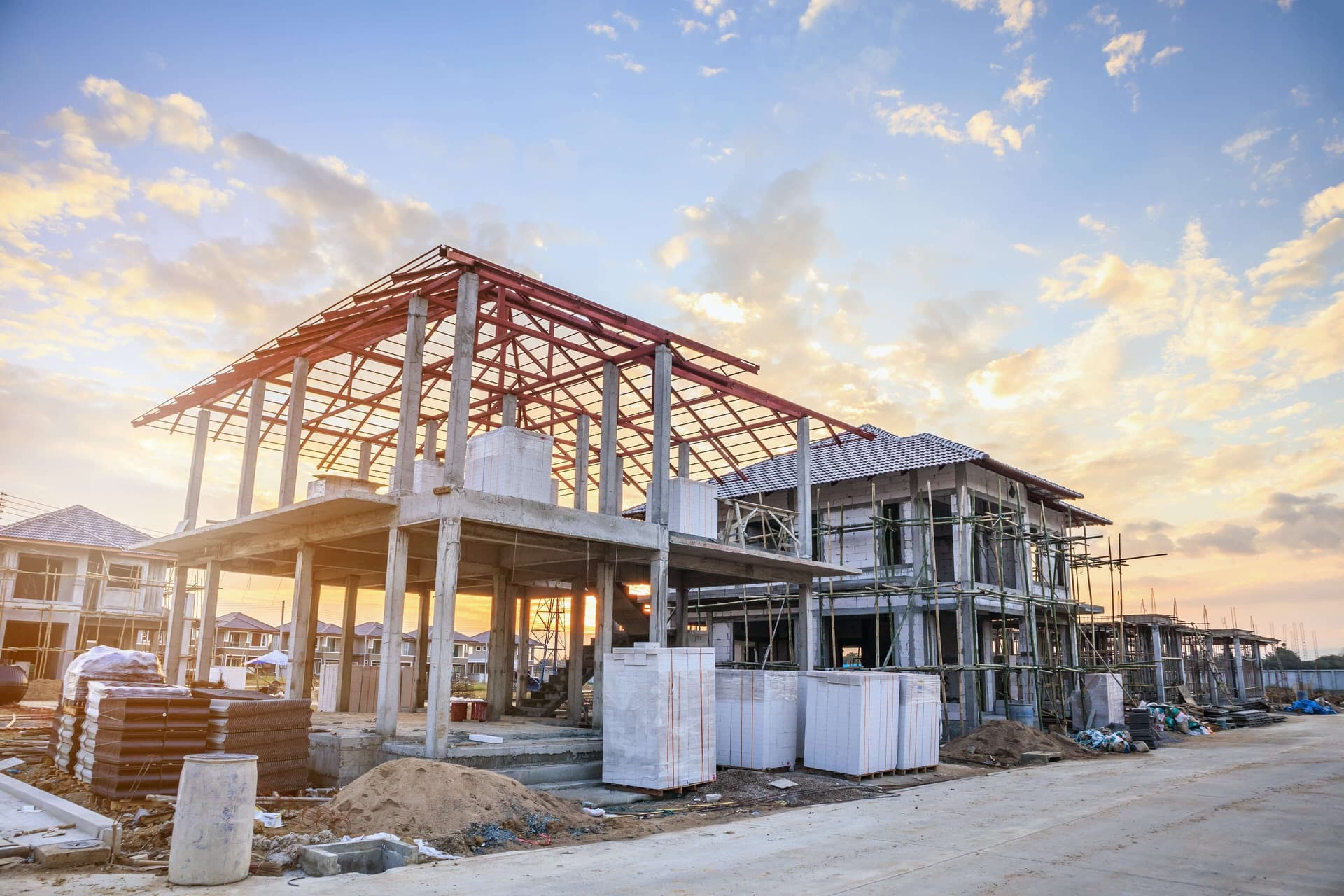EU Commission Resolves to Lower Asbestos Exposure Limits by 2022

15.
July 2021
According to figures released by the Brussels-based authority, fatalities from exposure to asbestos amount to 88,000 annually in Europe. Asbestos and other dangerous substances often have to be stripped from buildings within the framework of energy refurbishments which the German Government wants to sponsor on a grand scale. In order to protect the affected workers from the health hazard that asbestos exposure constitutes, the EU Commission intends to lower the thresholds by next year.
Asbestos – When Refurbishment Work Becomes a Health Hazard
The word asbestos comes from the ancient Greek term “asbestos,” which means “inextinguishable.” Before it was banned in Germany 1993, the material was used in floor coverings, roofs, façades and air ducts. Accordingly, any energy refurbishment measures that include the replacement of façades and roofs also involve the removal of asbestos-infested material and therefore health hazards for the respective workers.
Asbestos becomes dangerous to humans whenever the tiny mineral fibres that make up the material fracture and are released. This may occur when materials containing asbestos are processed – during demolition work, for instance, or when drilling it. Once the fibres enter the lung, they become permanently lodged there, the body having no way to expel them on its own. Consequences include scarring of the lung tissue and cancer.
One needs to differentiate between two types of asbestos: a weakly bonded and a firmly bonded kind. The distinction refers to the amount of asbestos included in the material and to the strength of the fibres’ bond with the material. The stronger the bond, the more resistant the fibres are to their release into the environment. Products with weakly bonded asbestos will release fibres into the ambient air as the material ages or whenever it is agitated, for instance during construction work. This type of asbestos is found in heating system installations, such as the thermal insulation of boilers, for instance. Firmly bonded asbestos, such as asbestos cement, was used in particular for floor coverings, roof panels and wall cladding. As the asbestos content is usually lower in this type of material, the risk of its release is mainly associated with heavy wear or thermal and mechanical impact. The EU Commission’s objective is therefore to lower the number of work-related fatalities.
The EU Commission’s Three Main Objectives are Change, Prevention and Precaution
The first objective is to define new thresholds both for asbestos and for lead before 2022. There will be an initiative on the EU level in whose context employees will be given the chance to discuss occupational health issues. Afterwards, guidelines for measures to be taken will be proposed. In this context, the EU Commission will take on the task of revising the rules governing the work environment as specified in the directives concerning the minimum safety and health requirements for the workplace.
The second step will be dedicated to prevention or, to be more exact: The number of work-related fatalities in the EU is to be brought down to zero. To this end, EU directives on dangerous substances are to be updated. This is supposed to be relevant not just for construction sites but is also to contribute to the fight against cancer, reproductive disorders and respiratory diseases.
In order to be able to take more effective precautions, the EU Commission contemplates a third point dedicated to the integration of emergency procedures and guidelines for the introduction, implementation and supervision of relevant measures. The point will be to recognise and address potential health hazards. The proposal therefore includes a close collaboration with the players of the public health sector. The EU member states have moreover been told to update their national occupational safety strategies. The request is meant to ensure that the new measures will have an actual effect on occupational safety.
Sources: www.haufe.de ec.europa.eu www.rathscheck.de